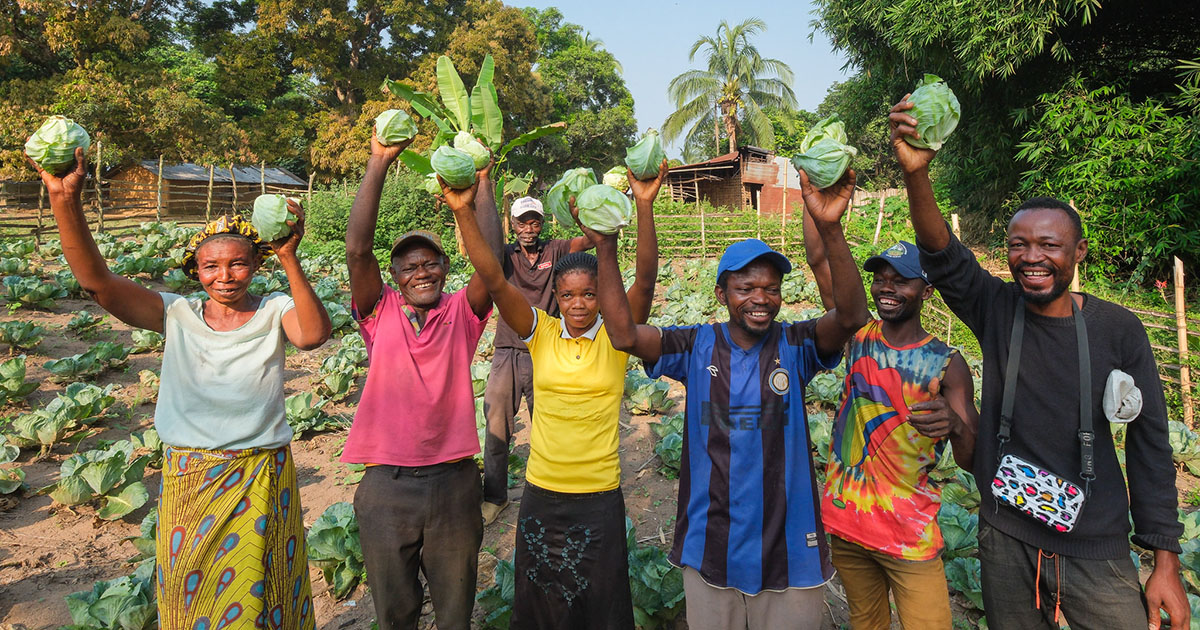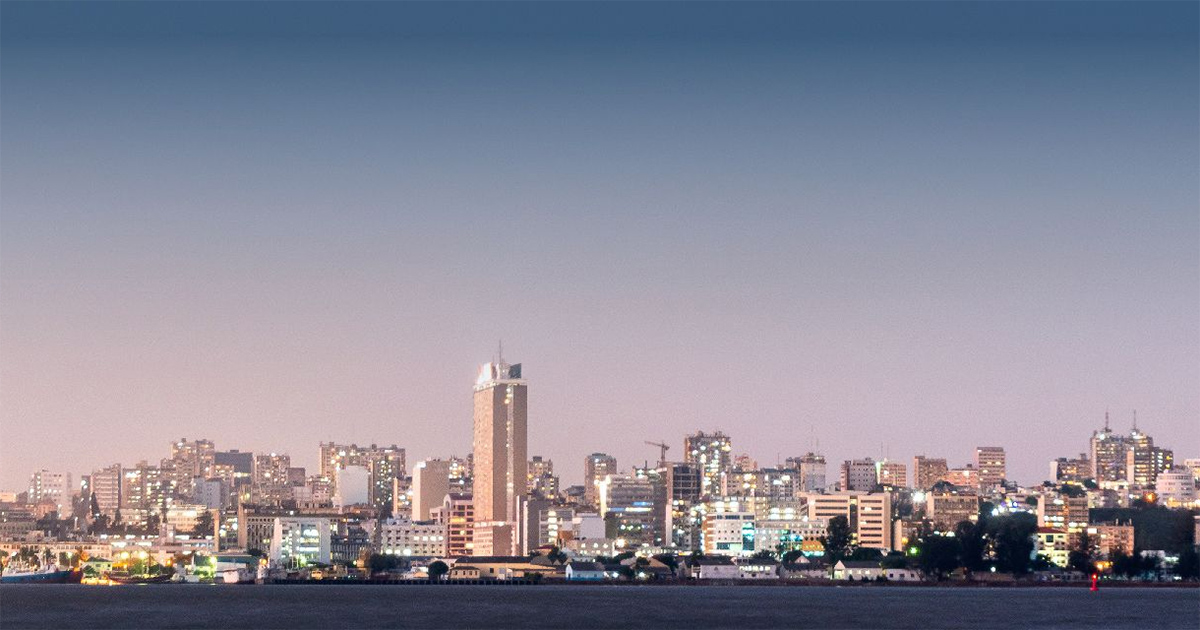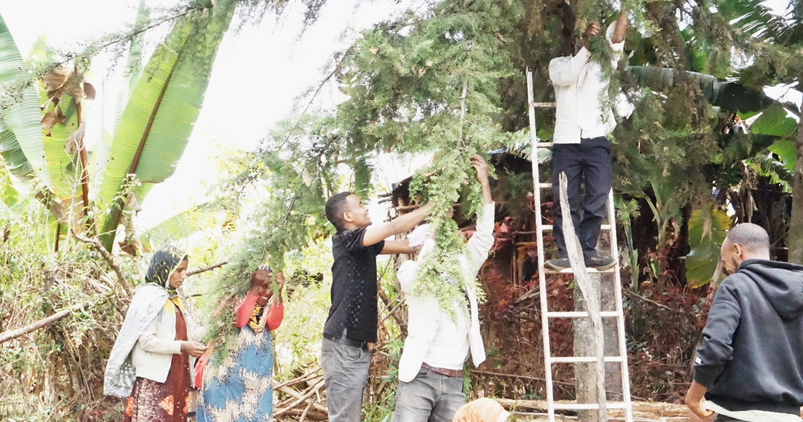To achieve its national goals in climate and landscape resilience, including bioenergy production, the Government of Indonesia has launched an initiative to restore 14 million hectares of degraded land, including 2 million hectares of peatlands, by 2030. Here we present early findings on tamanu adaptability and tree growth (height, diameter and branches) on two types of degraded peatlands in Central Kalimantan. The paper reports peatland type and tamanu tree growth and adaptability in a 3-ha plantation trial plot over three years and a 2-ha plot over two years in Kalampangan and Buntoi villages. Results show survival rates of 82% in the plot on ombrogenous peat in Kalampangan and 81% on topogenous peat in Buntoi. Furthermore, the growth performance of 2-year-old tamanu trees on topogenous peat in Buntoi with an average height of 1.74 m and diameter of 3.97 cm at 5 cm above ground level and 15 branches was better than on ombrogenous peat in Kalampangan with an average height of 0.68 m and diameter of 1.43 cm at 5cm above ground level and five branches. While initial survival and tree growth results are promising, further monitoring of flowering and fruiting is necessary to determine tamanu's viability for biodiesel production on degraded peatlands.
Download:
DOI:
https://doi.org/10.1088/1755-1315/914/1/012009
Dimensions Citation Count:

























